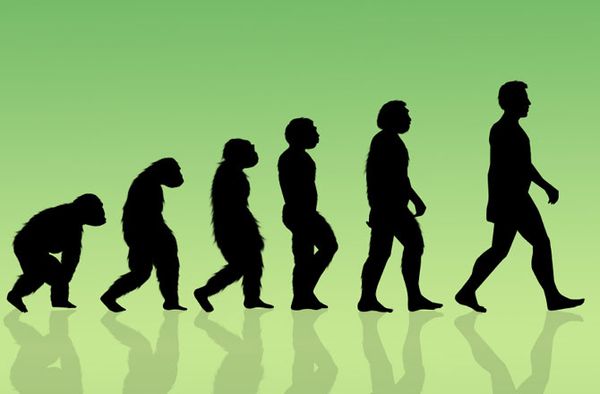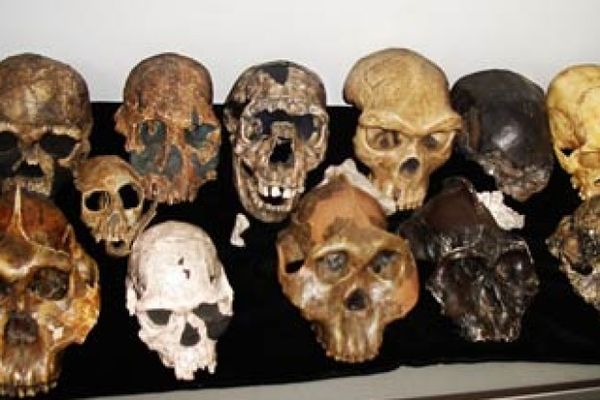
The next time someone calls you a microscopic bag of teeth and goo, don't get offended! Take a deep breath and respond, "I'm sorry, I think you must have mistaken me for someone else. I believe you're referring to my great-great-great-great-great-great ..." and keep repeating that for a few hours, as you flip back the pages of the family album 540 million years or so.
Scientists have identified what may be the earliest verifiable ancestor of humankind. Using electron microscopes and CT scan technology to analyze tiny fossils, the researchers point to an organism known as Saccorhytus coronarius as the common ancestor of a group known as deuterostomes, which includes all modern vertebrates. The findings of a recent study were published in a letter in the journal Nature.
Advertisement
The earliest deuterostomes were extremely simple organisms, at least compared to what we see on Earth today. The broad category includes the precursor to all vertebrates, from fish to fowl to that fella sitting over there. Most early deuterostome groups scientists have identified date back to about 510 to 520 million years ago — and had already started to diversify into different eventual evolutionary lineages — but this new find from the late Cambrian Period predates those by 20 million years or more.
"We had to process enormous volumes of limestone — about three tonnes — to get to the fossils," said Northwest University paleoclimatologist Jian Han in a press release, "but a steady stream of new finds allowed us to tackle some key questions: was this a very early echinoderm, or something even more primitive? The latter now seems to be the correct answer."
Saccorhytus likely lived between grains of sand on the seafloor, and was at most 1.2 millimeters (0.05 inches) in size. The analysis of its fossils show a dominant pleated mouth, a skin-like covering with numerous openings, and small conical structures on its symmetrical body that the scientists theorize could have allowed water to escape, perhaps acting as a precursor to modern gills.
"We think that as an early deuterostome this may represent the primitive beginnings of a very diverse range of species, including ourselves," says Simon Conway Morris, a University of Cambridge professor of evolutionary paleobiology, in the press release. "To the naked eye, the fossils we studied look like tiny black grains, but under the microscope the level of detail is jaw-dropping. All deuterostomes had a common ancestor, and we think that is what we are looking at here."
The Saccorhytus fossils were found in the Shaanxi province of central China. Members of the same research team have been studying deuterostomes for some time, and in 2009 identified the region as rich in early deuterostome fossils.
Interestingly enough, this early proto-ancestor showed no evidence of having an anus. "If that was the case," says Conway Morris, "then any waste material would simply have been taken out back through the mouth, which from our perspective sounds rather unappealing."
Advertisement


